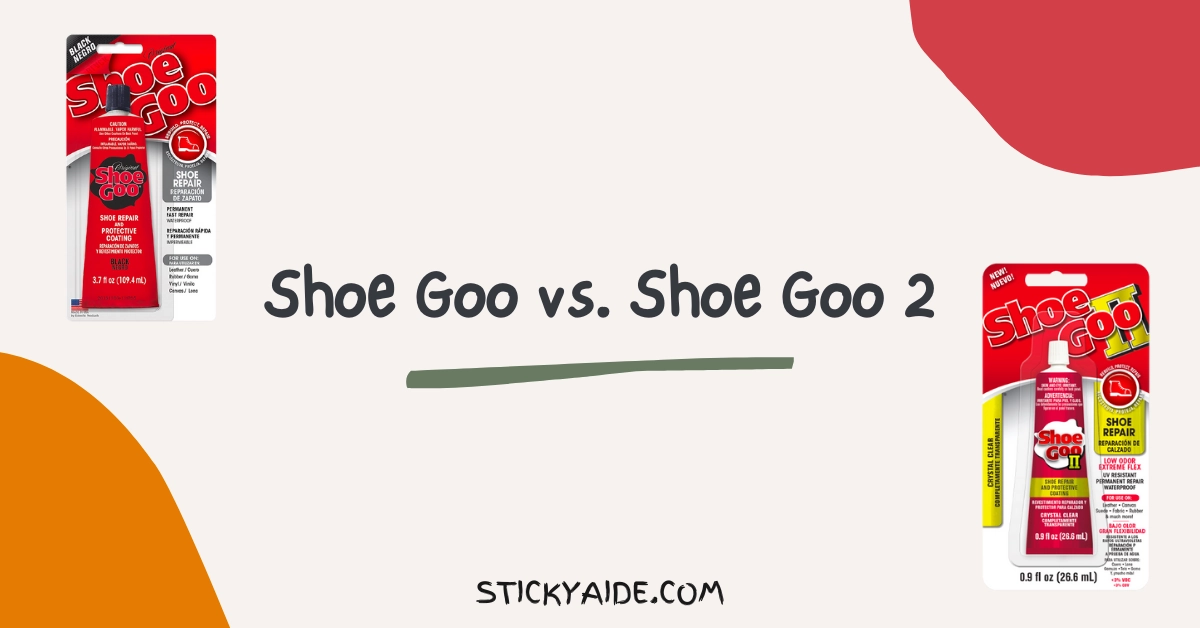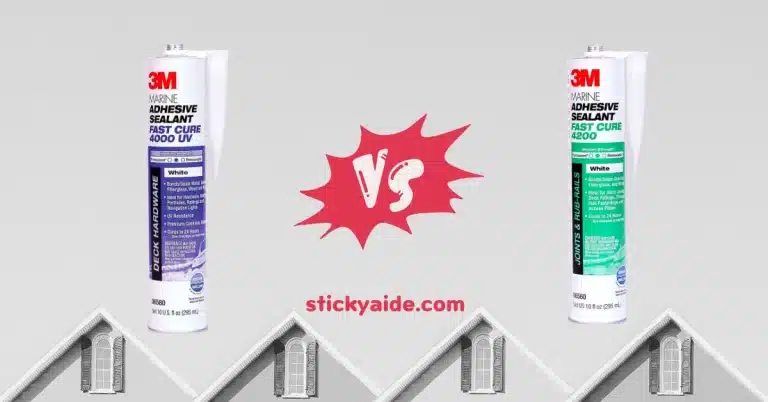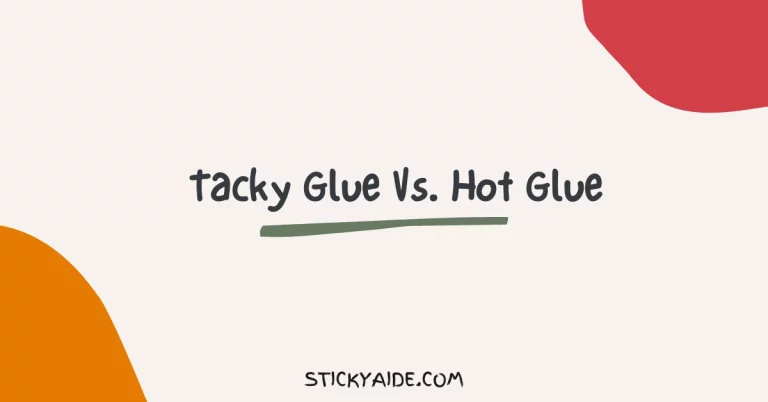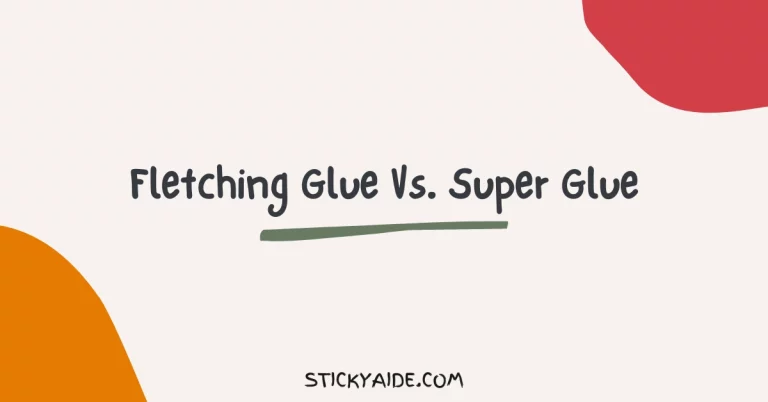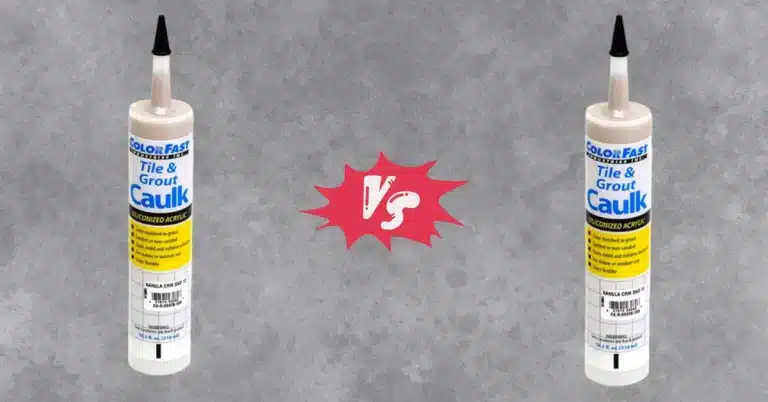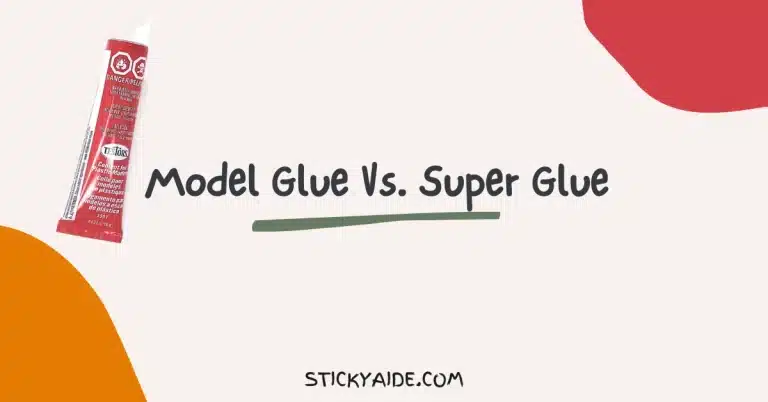When it comes to repairing your old, worn-out shoes or reattaching your soles, Shoe Goo is a household name. Furthermore, you can also use Shoe Goo as a sealant to seal small holes and gaps in your shoes.
Shoe Goo 2 is also a product by Eclectic Products and works similarly to the Shoe Goo; however, there are also some differences.
In this article, I’ll go over Shoe Goo vs. Shoe Goo 2, the individual features of the glue, and their differences.
Read More: E6000 vs. Shoe Goo
Overview of Shoe Goo
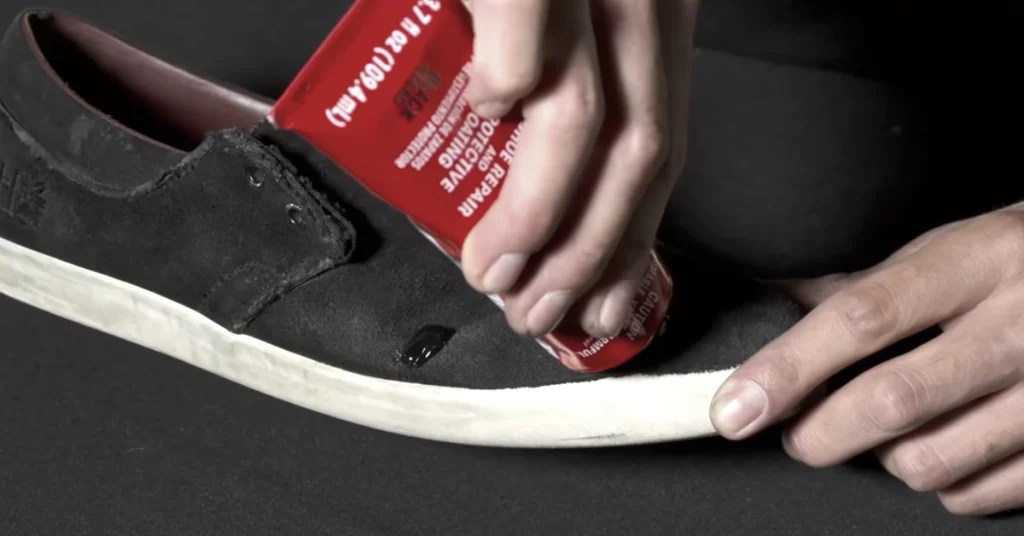
Shoe Goo is made by Eclectic Products and is one of the best glue you can find in the market for repairing your shoes. Shoe Goo is widely available, relatively cheap, and easy to work with, so if you’re looking for a DIY shoe repair project, Shoe Goo is one of the best options.
Shoe Goo is a special kind of rubber cement composed of Styrene-butadiene, Toluene, and Solvent naphtha. Shoe Goo can be used to repair multiple parts and components of your shoes and works well with various materials like – vinyl, leather, rubber, and canvas.
You can use Shoe Goo to repair old, worn-out boots or to reattach the soles of shoes made with leather, rubber, canvas, or vinyl plastic. Furthermore, you can use layers of Shoe Goo on the softer part of shoes, like the tip, to protect them from damage.
Shoe Goo is entirely water resistant once cured so that you can use it for shoes you’ll be using in rain or wet conditions. Shoe Goo is excellent to be used with Shoes you use for recreational and casual sports.
Shoe Goo comes only in clear color, and there are multiple sizes of tubes you can get them in. Shoe Goo is available in tubes of 0.18 fl oz, one fl oz, and three fl oz.
Overview of Shoe Goo 2
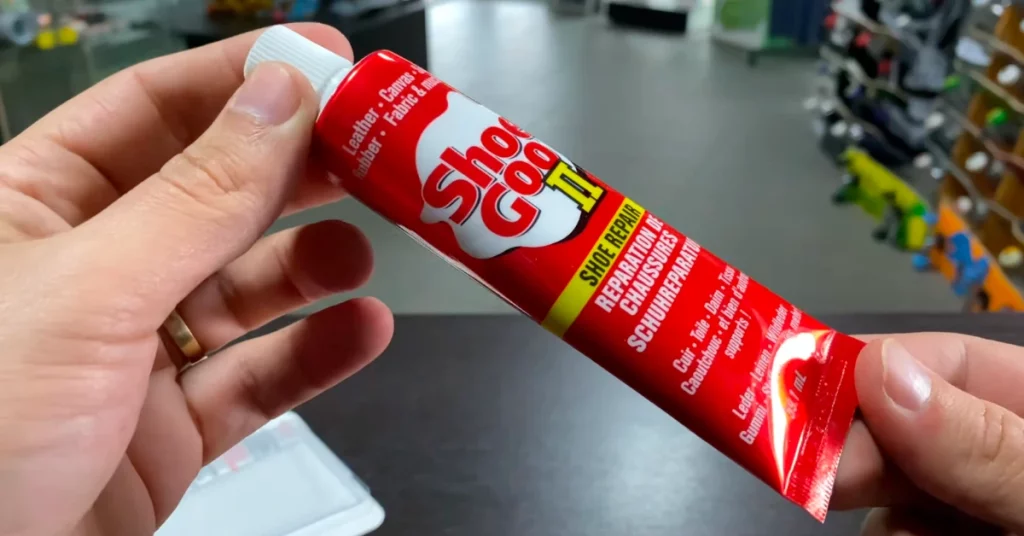
Shoe Goo 2 is also an adhesive for repairing and fixing shoes made by Eclectic Products. Shoe Goo 2 works similarly to the original but has some minor differences.
One difference is that Shoe Goo 2 has less odor than the original Shoe Goo. Shoe Goo 2 also works well with various materials like – leather, canvas, suede, rubber, or fabric.
Shoe Goo 2 will also work excellently with your boots made with leather or rubber, and you can use the glue for minor repairs or as a sealant to seal up small holes and gaps.
One of the other ways Shoe Goo 2 differs from the original is that it has less Viscosity than the original. Lower Viscosity means Shoe Goo 2 is thinner than the original, so you get more time to apply or fix errors when working with it.
Shoe Goo 2 is a clear-colored glue and comes in tubes of 0.9 fl oz and two fl oz.
Read More: Loctite Shoe Glue vs. Shoe Goo
Differences Between Shoe Goo and Shoe Goo 2
So now that I’ve taken a deeper look into what Shoe Goo and Shoe Goo 2 offer, let’s take a look at their differences.
Appropriate Materials to Use On
Shoe Goo and Shoe Goo 2 are made specifically for repairing shoes, so they both work well with various materials shoes are usually made of.
Shoe Goo works well with leather, vinyl, rubber, or canvas.
Shoe Goo 2 works well with leather, canvas, suede, rubber, or fabric.
Drying Time
Shoe Goo and Shoe Goo 2 both have the same drying time. Both the glues have a setting time of 20 minutes.
However, a complete cure takes 24 to 48 hours.
Density and Viscosity
Shoe Goo has a density of 7.5 lbs/gallon and a viscosity of 170,000 cps.
Shoe Goo 2 has a density of 8.9 lbs/gallon and a viscosity of 50,000-60,000 cps.
Read More: Barge Cement vs. Shoe Goo
Last Opinion
Shoe Goo and Shoe Goo 2 are similar products with only minor differences. If you can’t stand the odor of the original Shoe Goo and are looking for a thinner variant, you can go with Shoe Goo 2.
If the odor does not bother you and you can work with the viscosity of the original, you can go with Shoe Goo.

